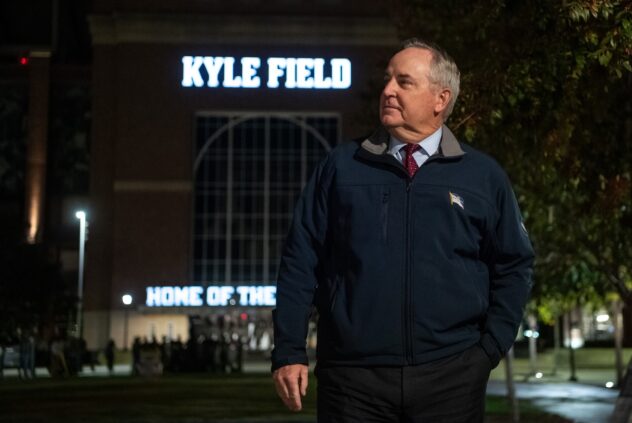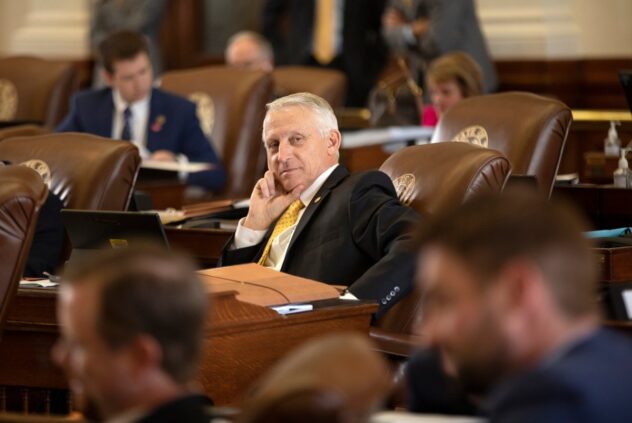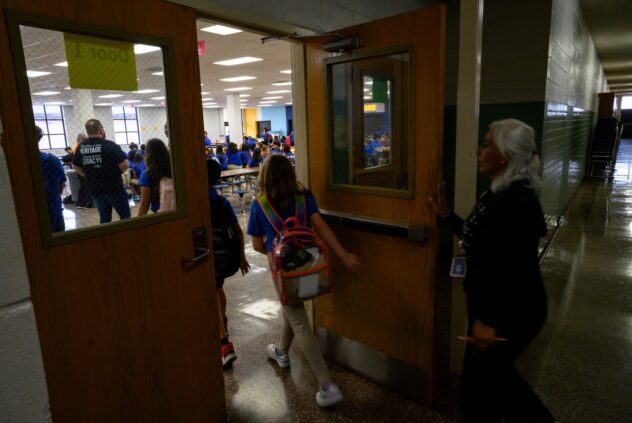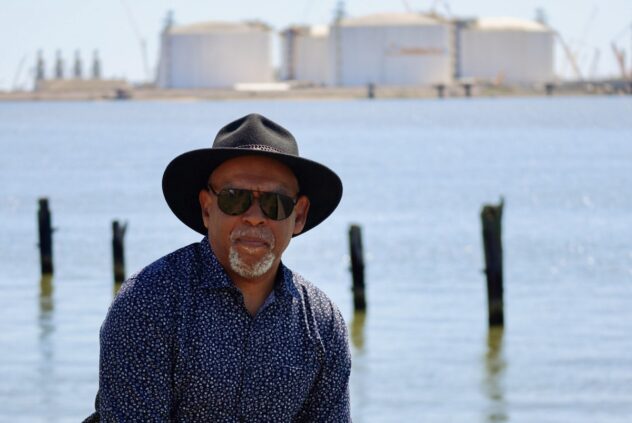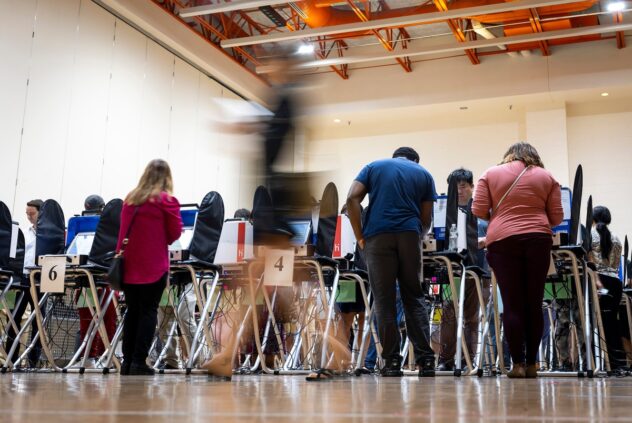Coronavirus evacuees to be released from San Antonio quarantine Tuesday

More than 120 people quarantined at Lackland Air Force Base will be released Tuesday, more than two weeks after they evacuated a cruise ship where the new coronavirus was spreading.
The group’s mandatory 14-day quarantine ended Monday, but the evacuees’ release was delayed after the city of San Antonio sued the Centers for Disease Control and Prevention, demanding more rigorous testing for COVID-19 before they could leave. A federal judge quickly shot down the city’s injunction against the CDC. The lawsuit came after the CDC allowed a patient to leave, only to later receive a test result showing the patient was “weakly positive” for the virus.
As of Monday, “15 [cruise ship] evacuees remain locally in medical care or quarantine,” CDC officials told The Texas Tribune.
Those released will be transported to the San Antonio airport in shifts corresponding with their scheduled flights. People who have requested rental cars to drive home will also be taken to the airport, where transportation will be arranged.
The CDC has declined to require additional testing for the patients, but it did make some changes in procedure after the release of the “weakly positive” patient. That patient spent time in a hotel and visited a local mall, shopping at three stores and eating alone at the food court. Local health officials identified 18 people who came into contact with her.
News of the patient’s release provoked anger from state and local officials. San Antonio Mayor Ron Nirenberg declared a public health emergency Monday and banned previously quarantined individuals from entering the city of San Antonio. Gov. Greg Abbott demanded that the CDC halt the scheduled release of the cruise ship evacuees and perform additional tests for the virus going forward.
There are 11 confirmed cases of COVID-19 in Texas, all in the San Antonio area. All of the cases are individuals who were repatriated from the Diamond Princess, a British cruise ship previously quarantined off the coast of Japan, or from Wuhan, China, the epicenter of the new coronavirus outbreak. So far, there has been no “community spread” of the virus in the state.
There are 60 confirmed and presumptive positive cases of COVID-19 in the U.S., said Nancy Messonnier, the director of the National Center for Immunization and Respiratory Diseases, in a conference call Tuesday. With repatriated individuals, that number rises to 108. Twelve states are reporting cases of coronavirus, and six people have died, she said.
On Monday, Robert Redfield, the director of the CDC, wrote to state officials detailing his agency’s plans. He said that patients have been broken into two categories: those who have shown no symptoms for 14 days and those who tested positive for the virus.
Patients with no symptoms were allowed to decide whether they wanted to be tested for the virus. Most took that option, tested negative and were cleared for release after completing their 14-day quarantine period. But 11 patients declined to be tested and have shown no symptoms. The CDC has determined that “these individuals are highly unlikely to pose a risk of coronavirus infection” and have also been cleared for release, Redfield wrote.
Patients in the other category — those who tested positive for the virus — have been held in isolation. The previous requirement for release was two negative tests for the virus 24 hours apart. Now the two tests must be consecutive, the CDC said in its letter.
The patient who was released, Redfield wrote, first tested negative and then had an inconclusive second test. The CDC then took a third test. While the agency was waiting for the results, state health officials took a fourth test without the knowledge of the CDC. The third CDC test came back negative, and she was released before the fourth test taken by the state came back positive.
While the rule change doesn’t mean the CDC is implementing additional testing, local and state officials applauded the changes. City officials noted that “only individuals who have been symptom-free for the full 14-day quarantine period” will be released.
“I’m pleased that the CDC has made changes, and I’m comfortable that the plan as presented will minimize the risk of exposure,” Nirenberg said. “The release will be coordinated, not prolonged over several days, and passengers will not stay in local hotels and will go directly to the airport.”
John Wittman, a spokesman for Abbott, said in a statement to the Tribune that officials “worked swiftly and effectively to strengthen their standards and protocol before releasing patients who have been under quarantine.”
“The risk to the general public remains low,” San Antonio Assistant City Manager Colleen Bridger said. “I want to remind the community that these are individuals who showed no symptoms over the course of the 14-day quarantine. We owe it to our fellow Americans not to stigmatize them and allow them to go back to their homes and families.”
Matthew Watkins contributed to this report.


